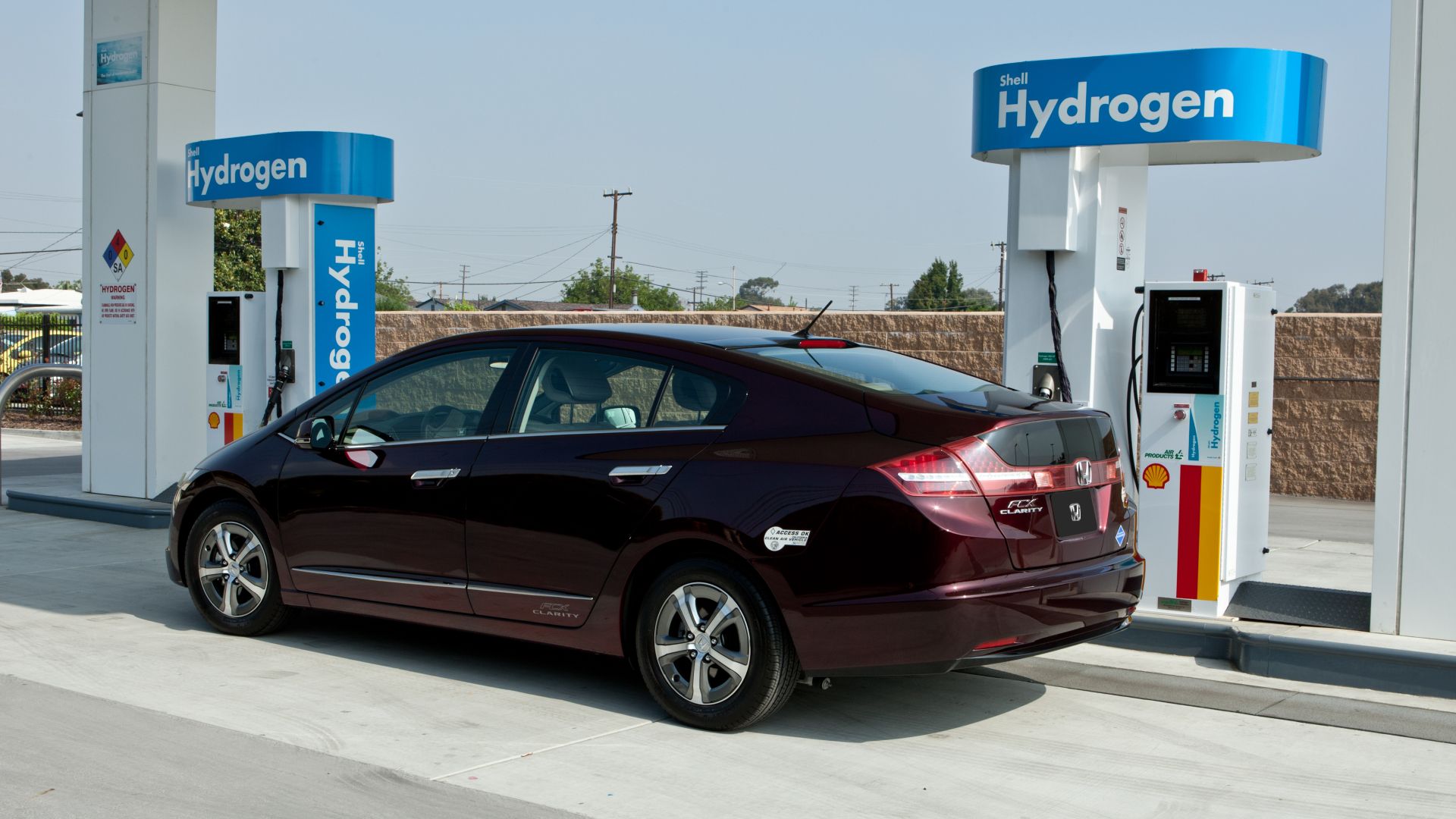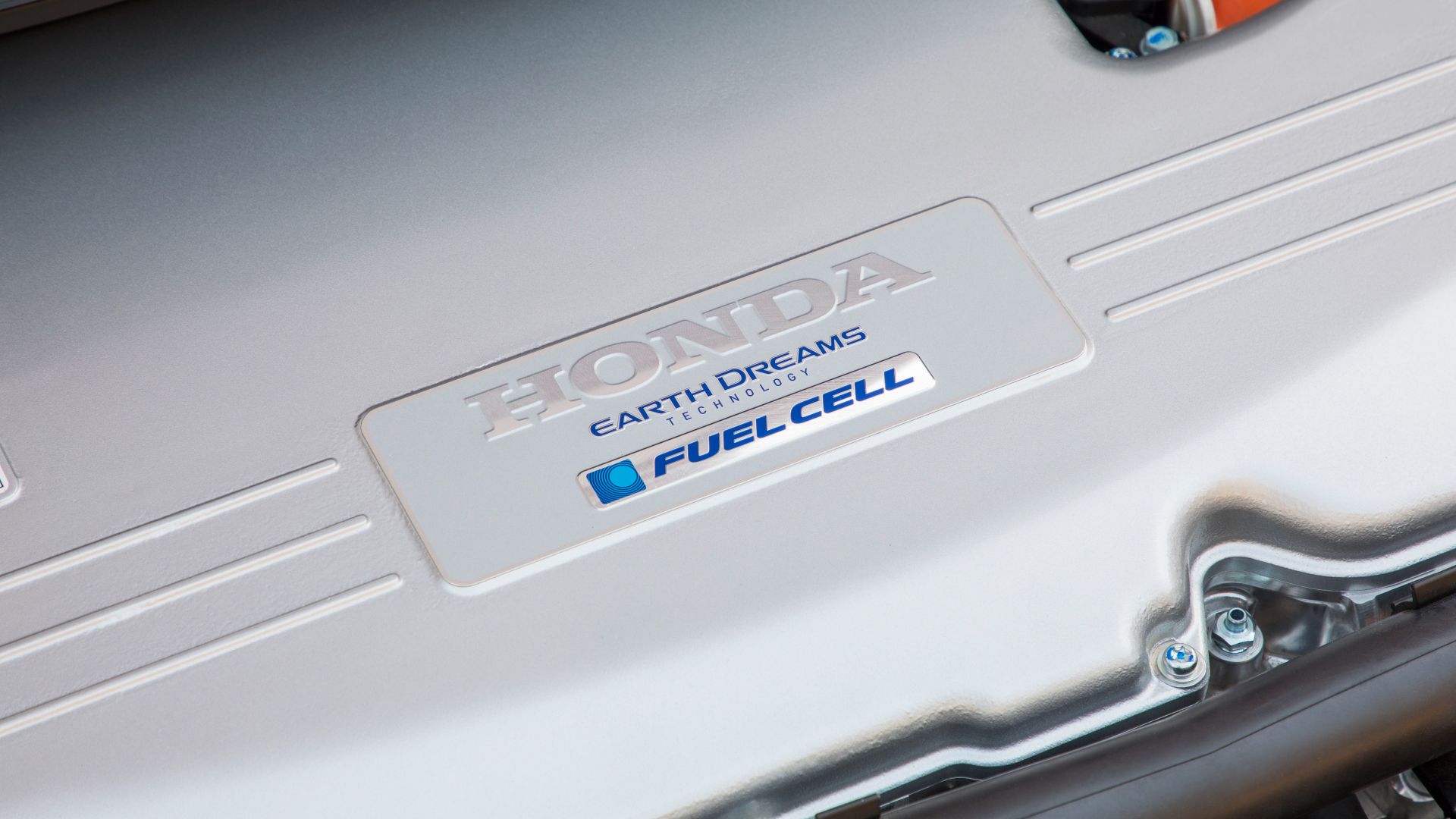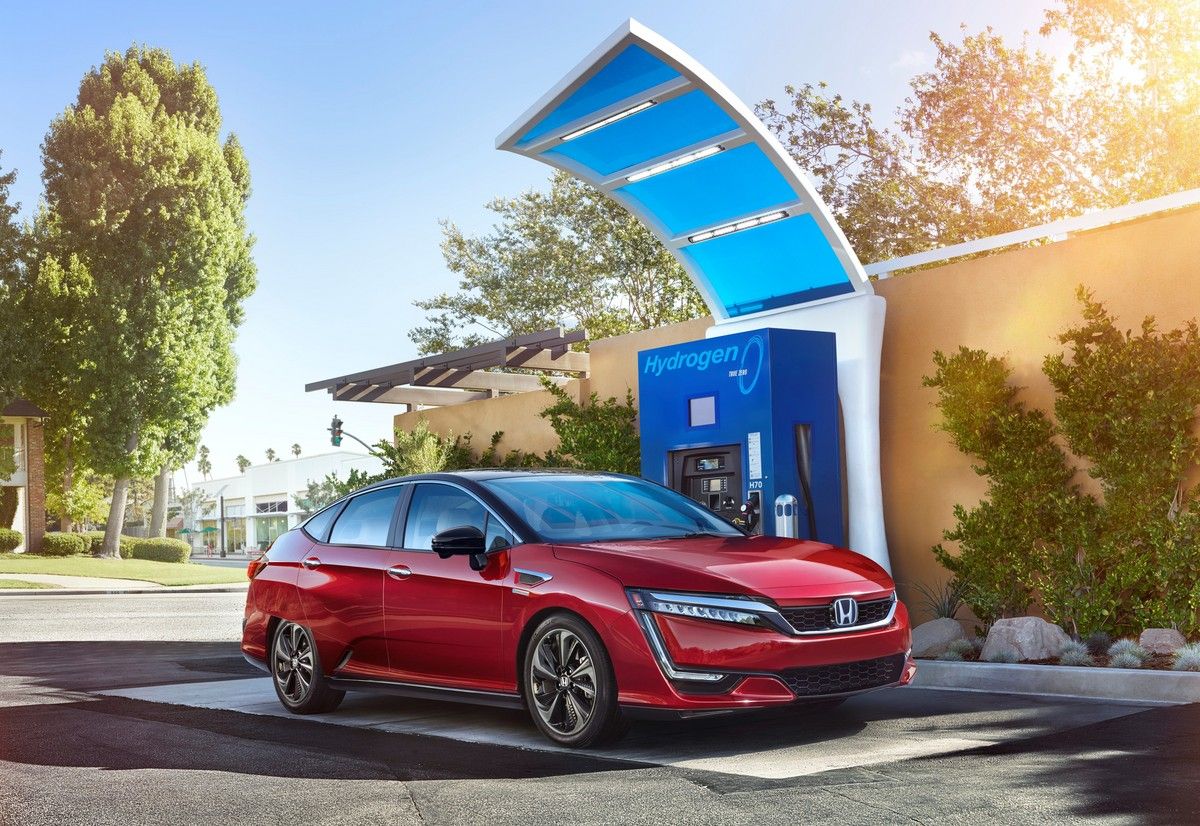Honda, the brand which pioneered fuel cell technology, unveiled the Clarity fuel cell at the 44th Annual Tokyo Motor Show in 2015. The model, an all-new endeavor for Honda, featured a best-in-class driving range, even when compared to fossil fuel-powered vehicles comparable to the Clarity sedan. Following the introduction of the model in 2015, the Honda Clarity became the first commercially available fuel cell-powered sedan in the world in Japan in 2016. While the Honda Clarity FCV (fuel cell vehicle) experienced a celebrated release in 2016, the model only survived two generations before Honda chose to discontinue the Clarity nameplate in 2021. But, given the Clarity's cutting-edge technology and competitive performance, why did the model only last five years on the market? Here's how the Honda Clarity FCV's failure proved that the model was way ahead of its time in the automotive industry.
Clarity FCV's Inception: Right Product, Wrong Time
Lateral View of a 2019 Clarity Electric
While fuel cell-powered vehicles existed before the Honda Clarity FCV, the Clarity was the first hydrogen cell sedan to feature an entire fuel cell stack and drivetrain system where a gas-powered vehicle's engine and transmission would normally be found. As a result, the Honda Clarity FCV was spacious inside the cabin and could easily seat five people inside the cabin.
Paired with Honda's advanced technologies, the Clarity FCV ensured world-leading fuel cell stack performance. Some of these technologies included Honda's original wave flow channel separators as well as narrower fuel cells, resulting in a 1mm (20-percent) reduction in the thickness of each cell. Together, these technologies allowed 33-percent more compact fuel cell stack than that featured in the original FCX Clarity. The difference in size allowed the FCV Clarity to reach a maximum motor output of 175 horses (130 kW) as well as a power density of 3.1 kW/L, an increase of 60-percent over the FCX. By its final year of production, the 2021 Honda Clarity FCV featured top-of-the-line specs including a driving range of 360 miles.
Why The Honda Clarity FCV Failed
Only five short years after it was unveiled, Honda decided to pull the plug on the Clarity FCV as well as on the battery-powered and plug-in hybrid versions of the Clarity following the 2021 model year. Despite the cutting-edge technology of the Clarity, Honda sold fewer and fewer models over the course of its lifetime with sales totaling 11,654 examples in 2019, 4,215 copies in 2020, and 1,896 examples in the first half of 2021, showing a steady decline in sales of the model. While there are many reasons that a model might fall out of popularity, including increased competition and poor quality and safety ratings, the major reason that the Honda Clarity FCV failed was due to a severe lack of infrastructure when it came to fuel cell recharging stations.
According to Honda's official statement on why the Clarity FCV was being pulled from its line-up, it cited a low market demand for fuel cell vehicles, the dearth of hydrogen fuel stations, a lackluster market reception, and a lack of government subsidies for fuel cell vehicles. When Honda announced that the Clarity would be discontinued, spokesperson Natalie Kumaratne told USA Today, “We're continuously evolving our product portfolio, and right now, we're placing more of our focus on the next generation of electrified products that are coming down the pipeline. We will be introducing new, highly appealing all-electric vehicles for the U.S. market in the years ahead.”
Honda's Fuel Cell Future - Will The 'Clarity' Make A Comeback?
The Honda Clarity FCV met its untimely end due to a lack of infrastructure for fuel cell vehicles at large. That being said, many advancements have been made in the automotive industry to make driving an FCV more practical for the everyday driver, including increased availability of fuel cell recharging stations and the expansion of eco-friendly government incentives for vehicles powered by hydrogen fuel cells. In a rapidly advancing market, it's significantly easier to own and drive an FCV in 2023 than it was even two short years ago in 2021 when the Honda Clarity was discontinued. All that being considered, does Honda have a future to rejoin the FCV ranks amongst competitors like the Toyota Mirai and the Hyundai Nexo? Could we even see a resurgence of the Honda Clarity FCV?
Given the increased infrastructure for FCV across the U.S. and Honda's joint venture with General Motors to co-develop affordable electric vehicles, there is every possibility that Honda will re-enter the hydrogen fuel cell game in the future. However, given the recency of the Clarity's failure and the fact that Honda hasn't worked on any FCVs in the interim, it is unlikely that we will see the Clarity, or any other FCV for that matter, from Honda in the foreseeable future. In the meantime, there are plenty of exciting hydrogen fuel cell-powered vehicles on the way from a handful of other makes, including the Hyundai N Vision 74, the Toyota GR Yaris H2, and the BMW ix5 Hydrogen.




